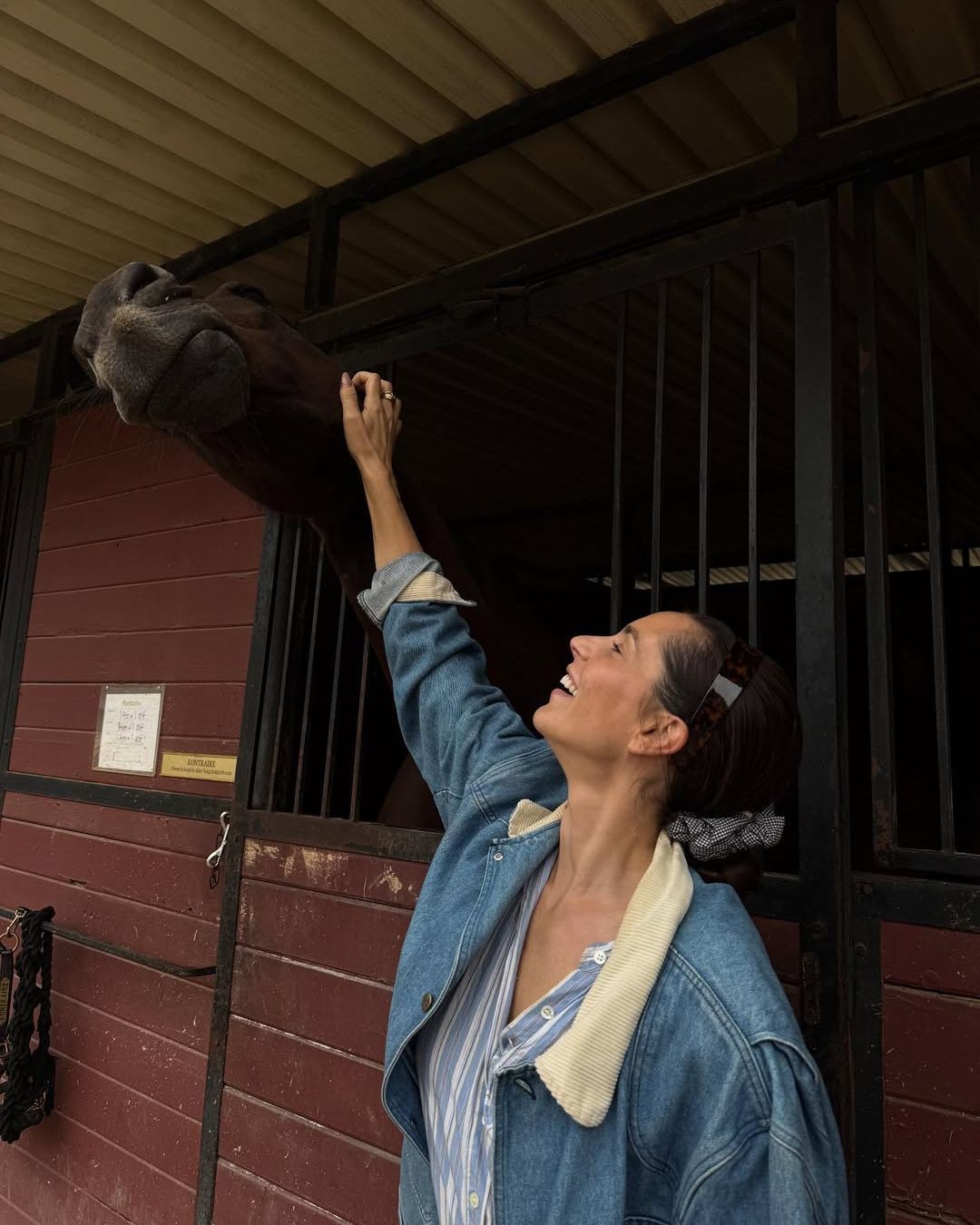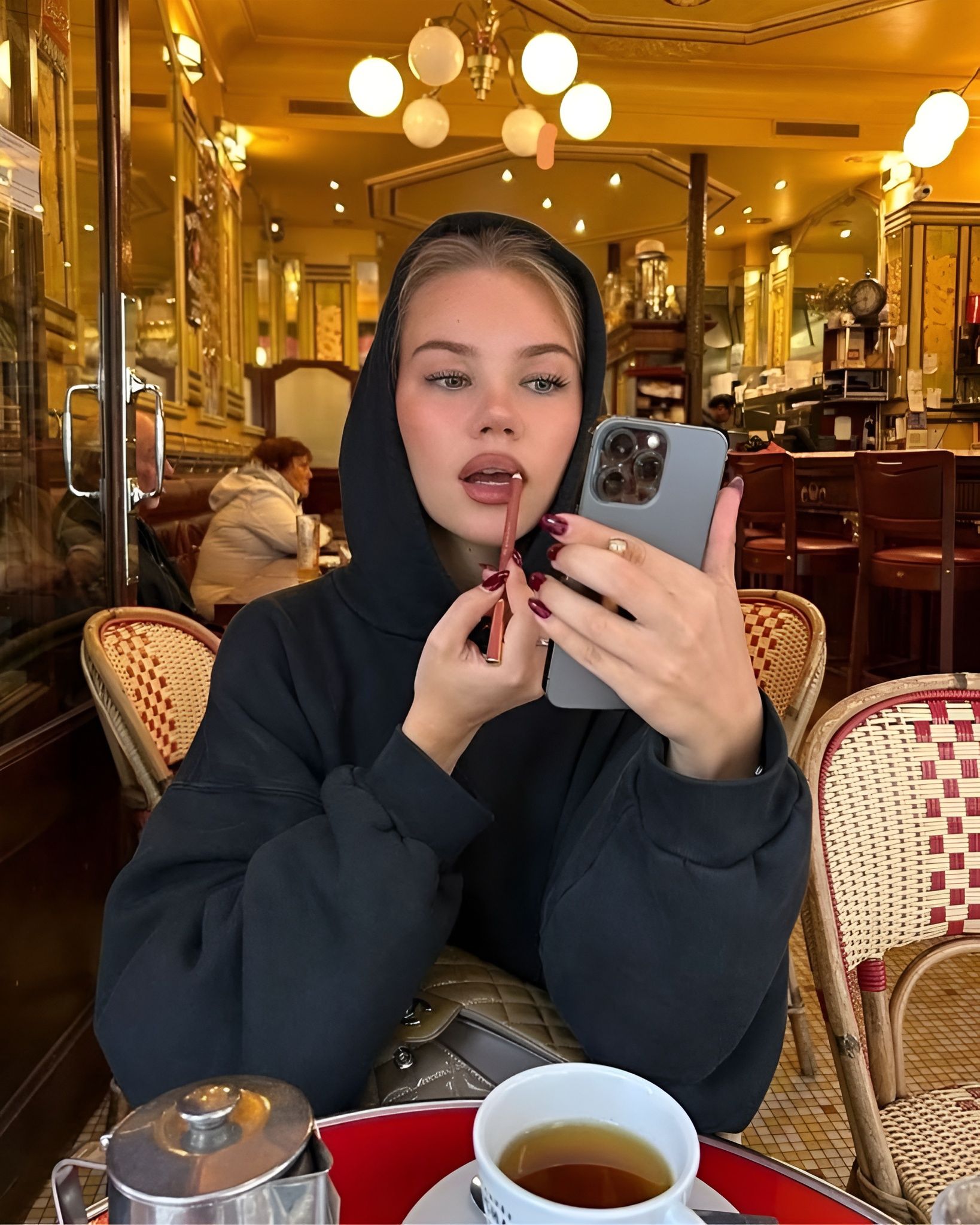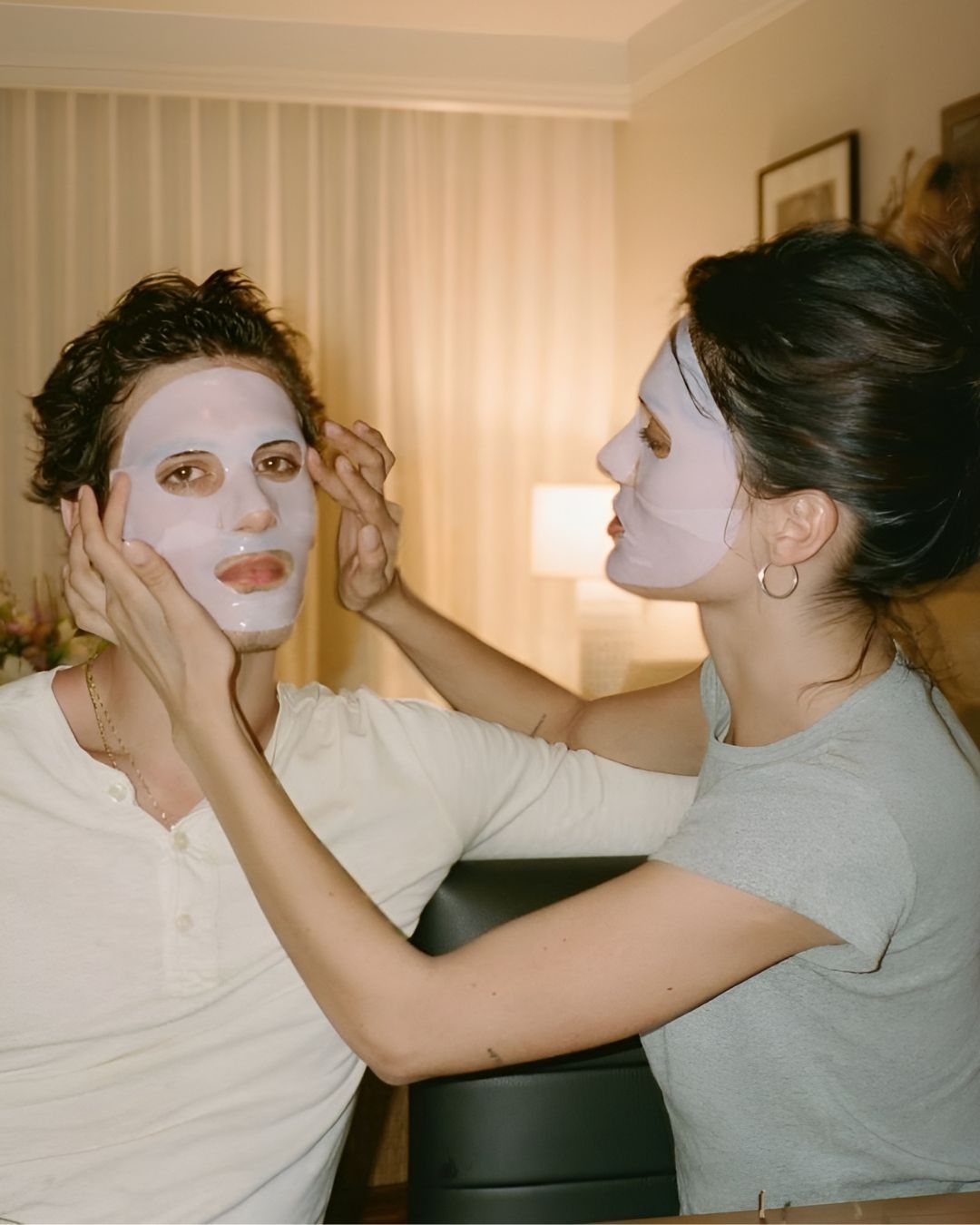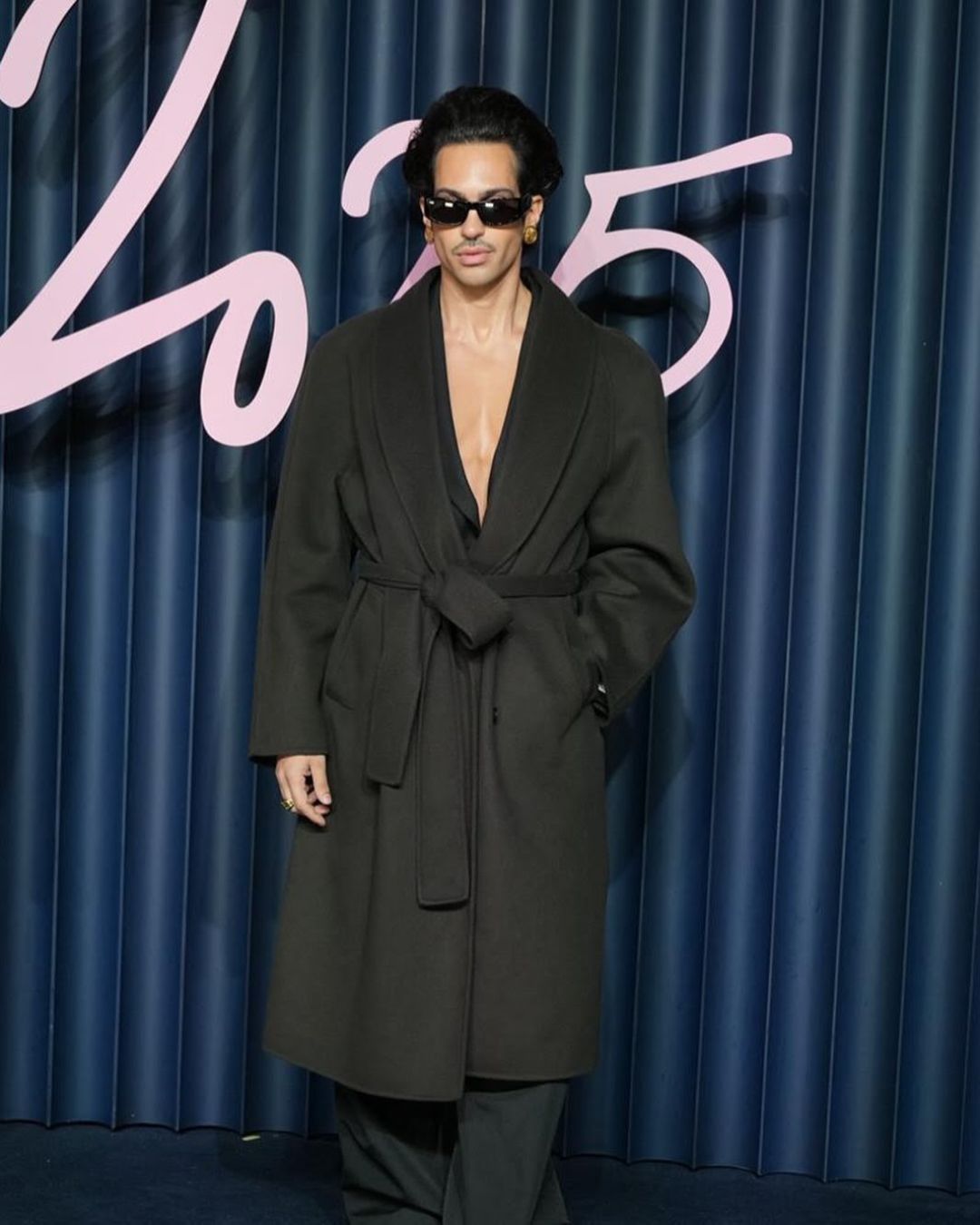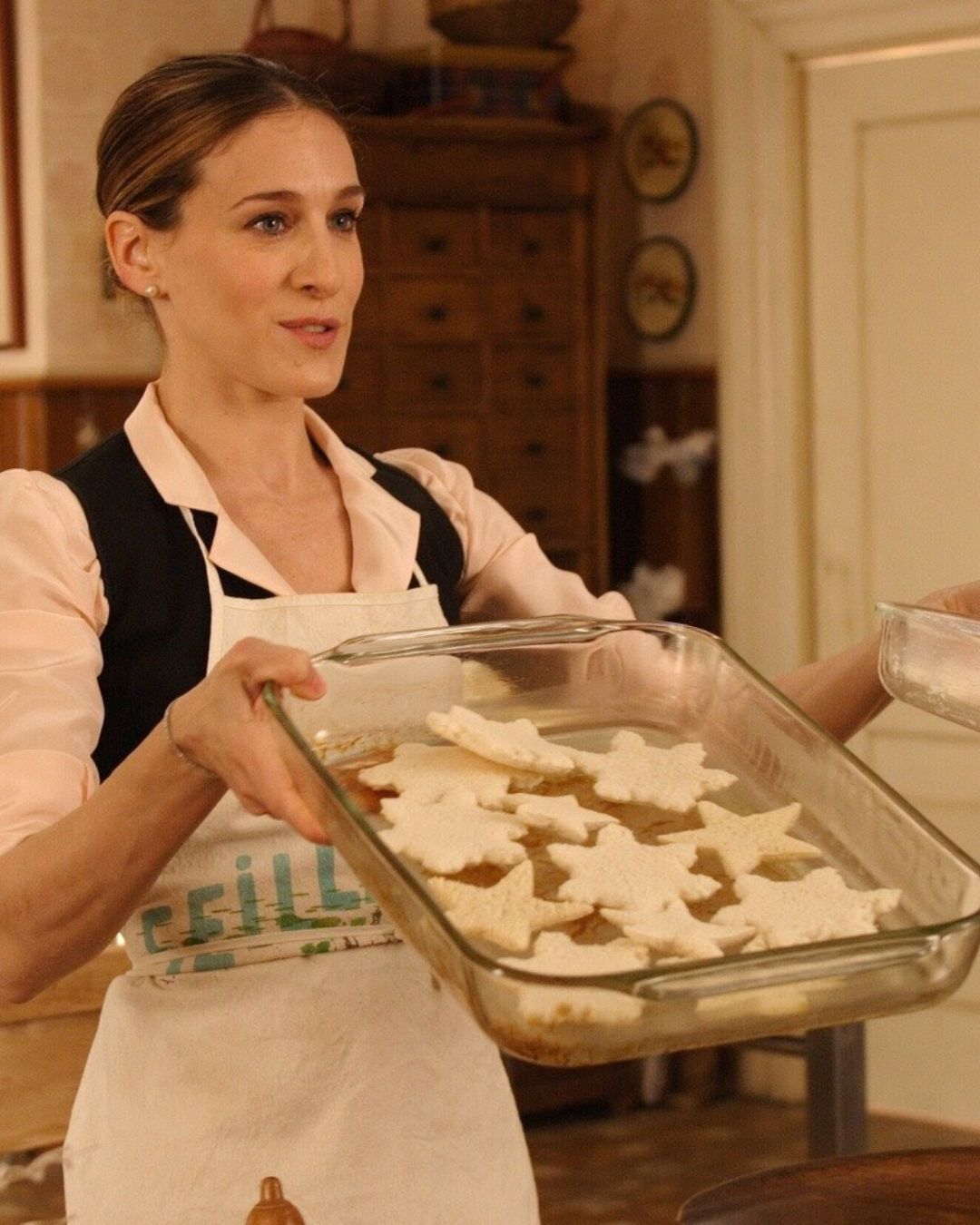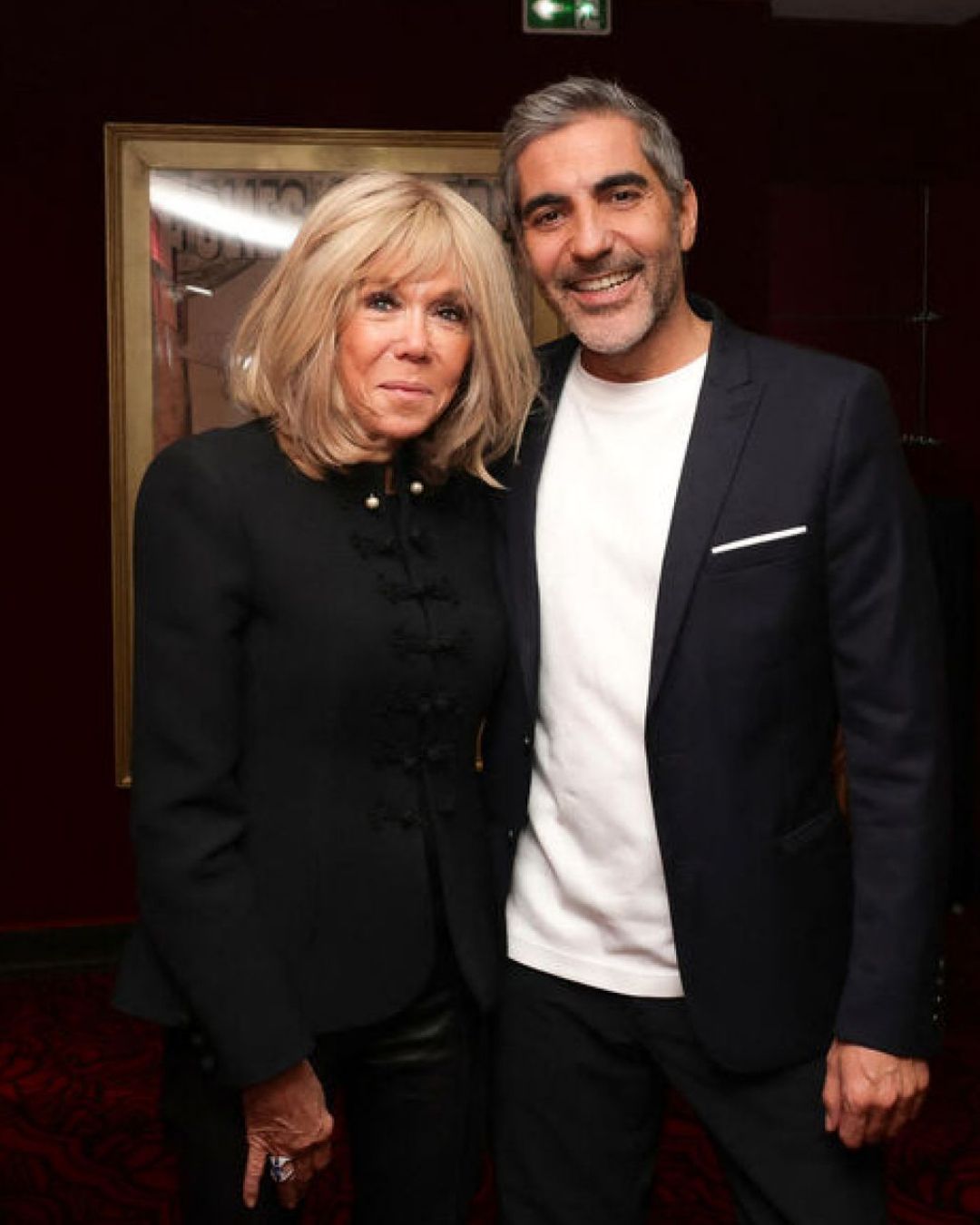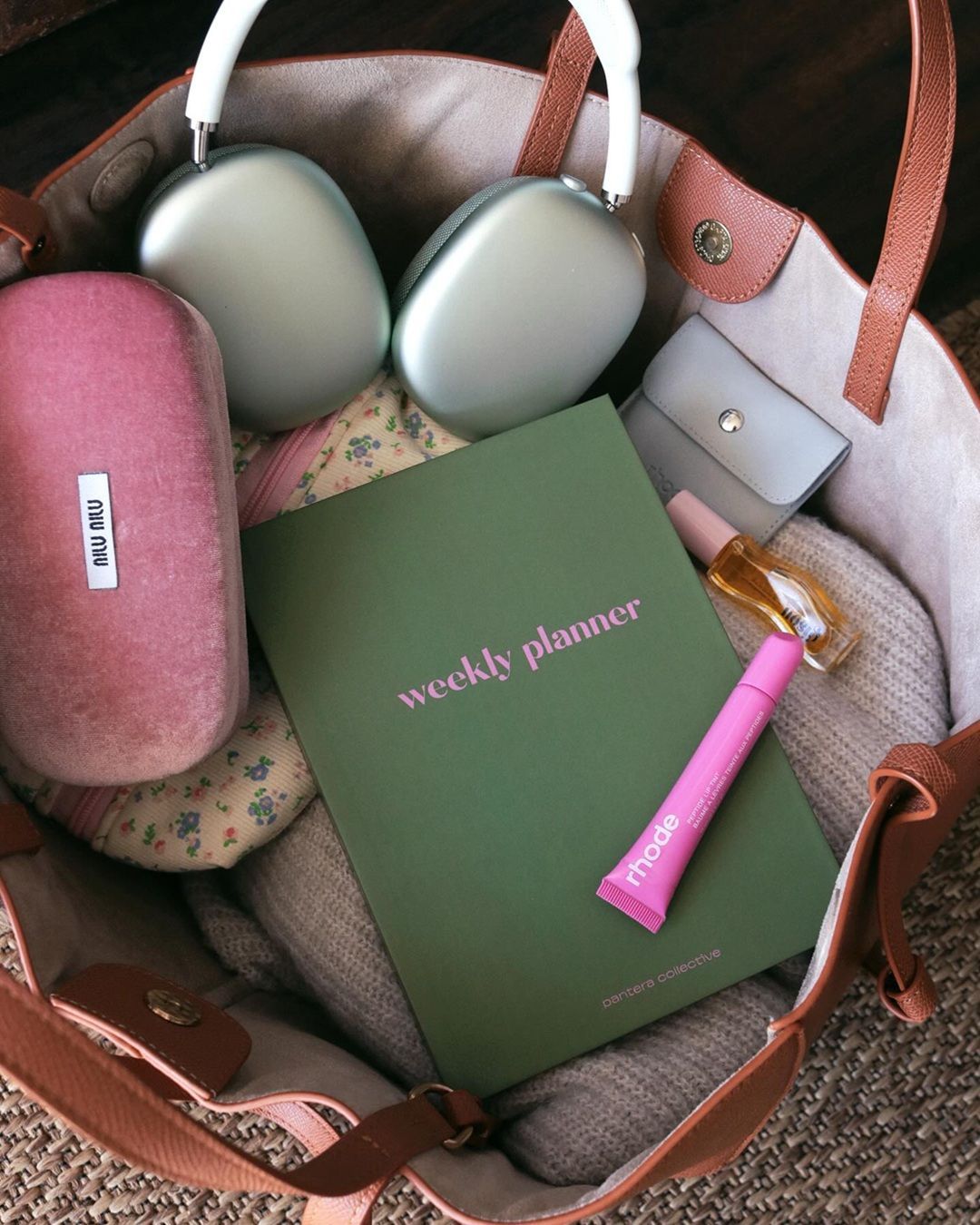
Is it trendy to be sad? Recessioncore, yearnposting and more: the crisis is an hashtag
Recession, post-pandemic, autumn, war, climate crisis, the end of capitalism as we know it. The days are getting shorter, the urge to stay inside is increasing. People open social media, express their unease, which is fragmented and recombined into trends or cores, analyzed as if it were the latest trend of the moment. Solutions are scarce, sadness is the new aesthetic of choice. On the other side of the spectrum is manic, superficial perfection, desperate cleanliness of "that girl".
In the beginning was recessioncore
This is what happened with recessioncore, which finds manifestations of the economic crisis in everything from eating habits that have suddenly become popular, such as the canned fish craze, to clothing habits. In fact, long skirts have always come back into fashion during economic downturns, as shown by the hemline index. The girldinner could also be classified in this series. A home-cooked dinner, often consisting of leftovers and small amounts of different foods, framing something in the context of self-care that actually saves money compared to leaving the house. Another example of recession? The lack of necklaces on red carpets, which seem to have gone out of fashion, or the vintage thrifting craze.
Fall yearnposting (and more)
With the arrival of autumn, recessioncore gives way to yearnposting. This term means nothing in itself, but it sums up all the posts that express the desire to be happy, to be loved, to be desired, in the (false) knowledge that it will never happen, and therefore makes you sink into melancholy and sadness. You know those strangely moving slideshows of quotes, images and photos from books, films and television that we see on TikTok, usually accompanied by a song by Phoebe Bridgers? This is exactly what is meant when we talk about yearnposting. This is not a seasonal trend, but a real content genre that changes its form and name, but draws on the same feeling. The same one that, for example, made Linger, a song by the Cranberries, go viral some time ago and made girls all over the world say: "I'm just letting my sadness linger.”
@khaotickayleee it’s that time of year #yearning original sound - kaylee
The kids are not alright at all
These hashtags are surrounded by a cloud of symptoms of a malaise that is historical but also generational. Advices to go to sleep earlier, to sleep better, to wake up faster, to be clean, to keep the house clean even when you don't feel like getting out of bed, flourish. Advices to make working from home enjoyable and not alienating, fending off uninvited male attention by making themselves visually unapproachable, obnoxious and awful. The neon sign lights up, the arrows flash and all point in one direction: kids are not okay and they show it on social media by turning everything into microtrends, hashtags and movements. A cry for help or the memification (and thus undermining) of a serious problem?
@littlefreak26 Thoughts on the Gen-Z individuality crisis, a continuation of my video on cringe and anti-intellectualism #videoessay #fyp this feeling - Øneheart
Cores and individualism
That trends follow social movements is certainly nothing new. But now it is all core and microtrend, in an isolation of feelings and actions that it would actually be more fruitful to examine as a whole. Without going into the huge topic of mental health and the way it is treated on social media, we can ask ourselves this: does it make sense to fragment, personalise and package in hashtags and buzzwords a sadness and discomfort in moving forward in the modern world that affects everyone and should be addressed as a society?















